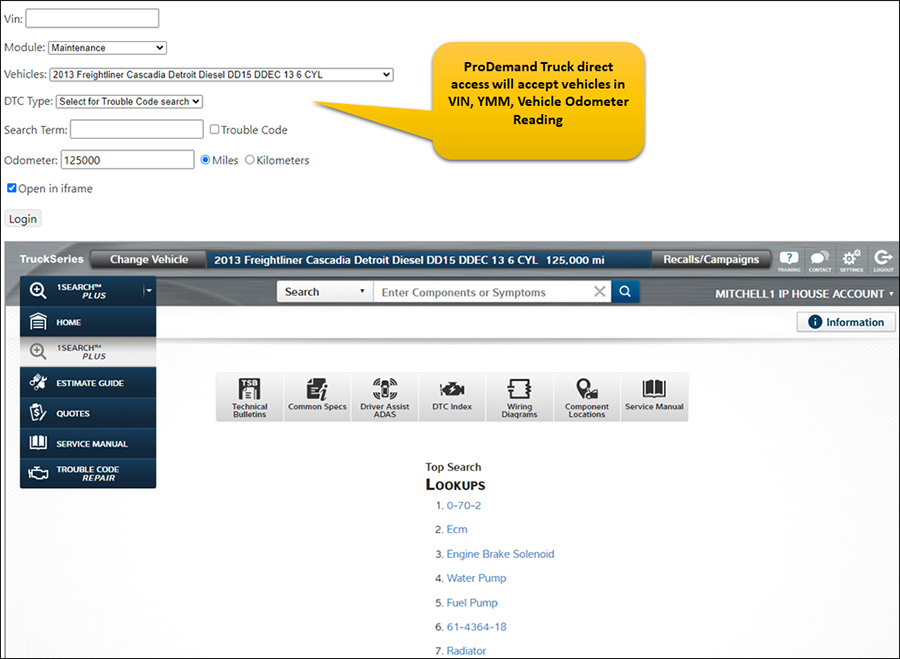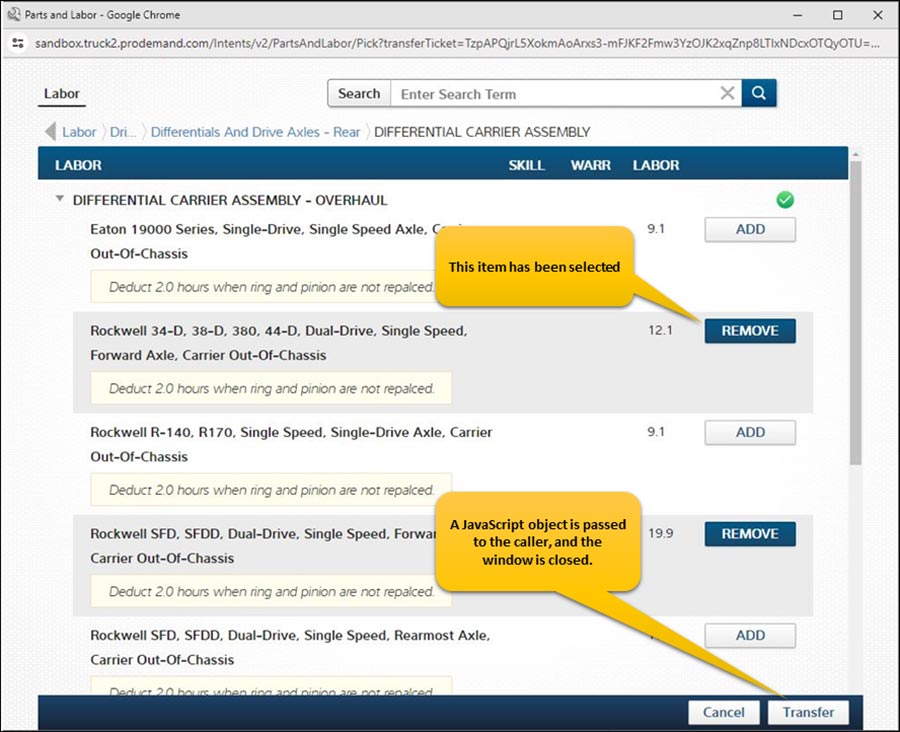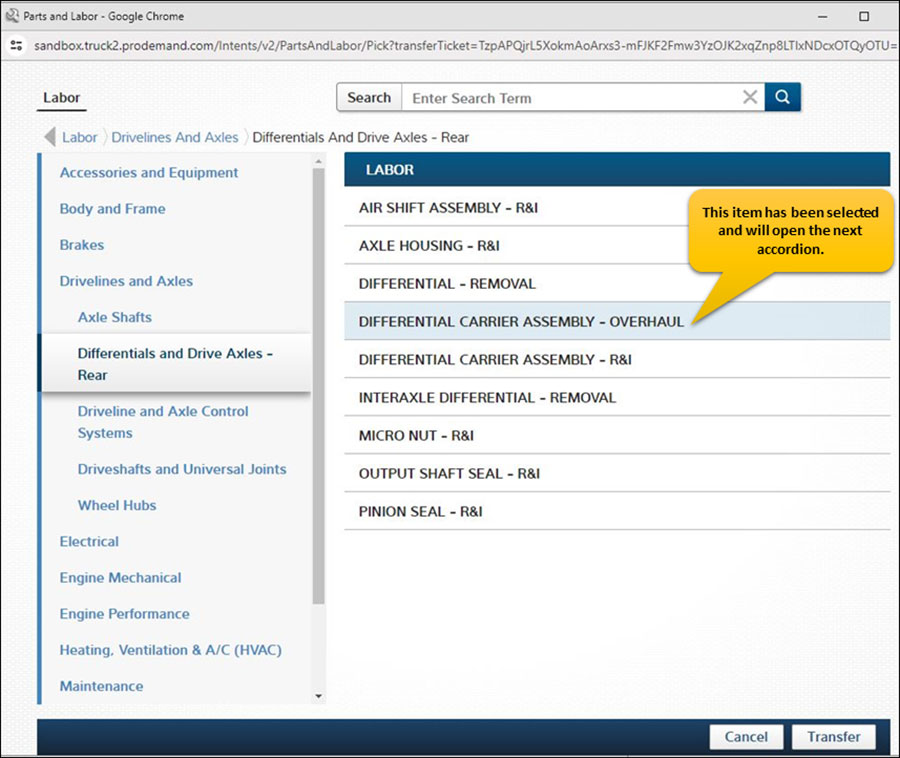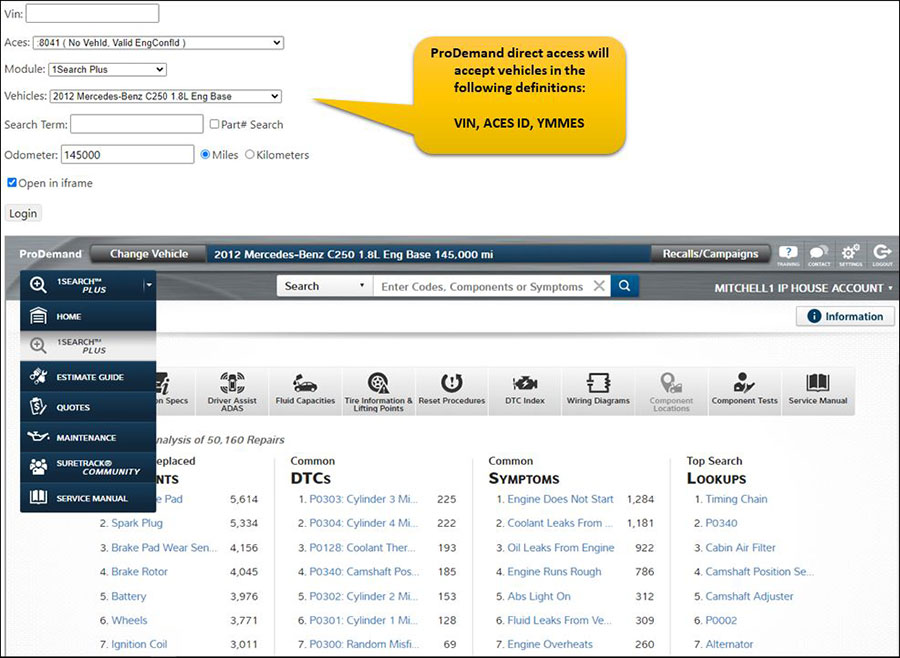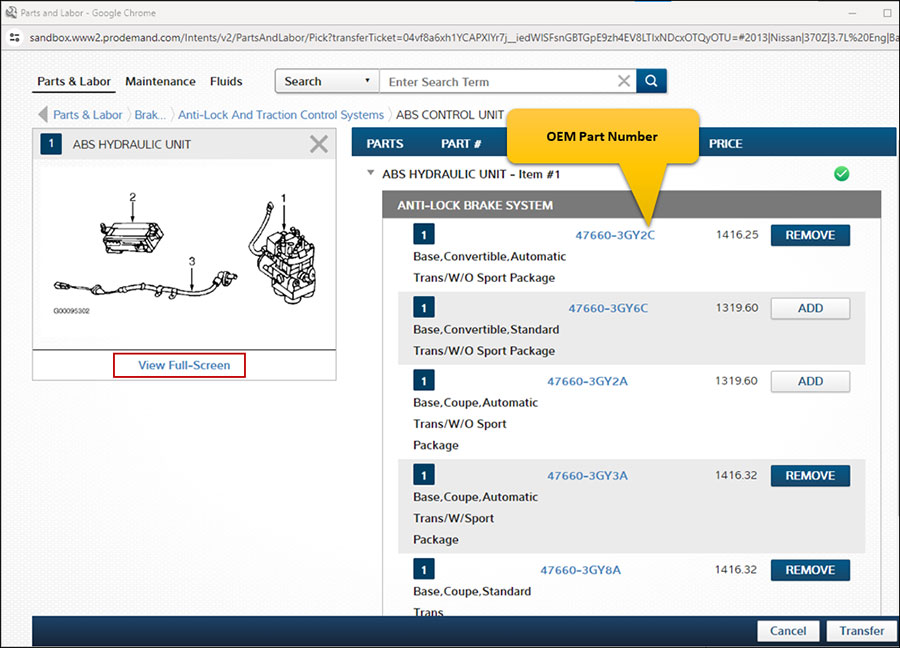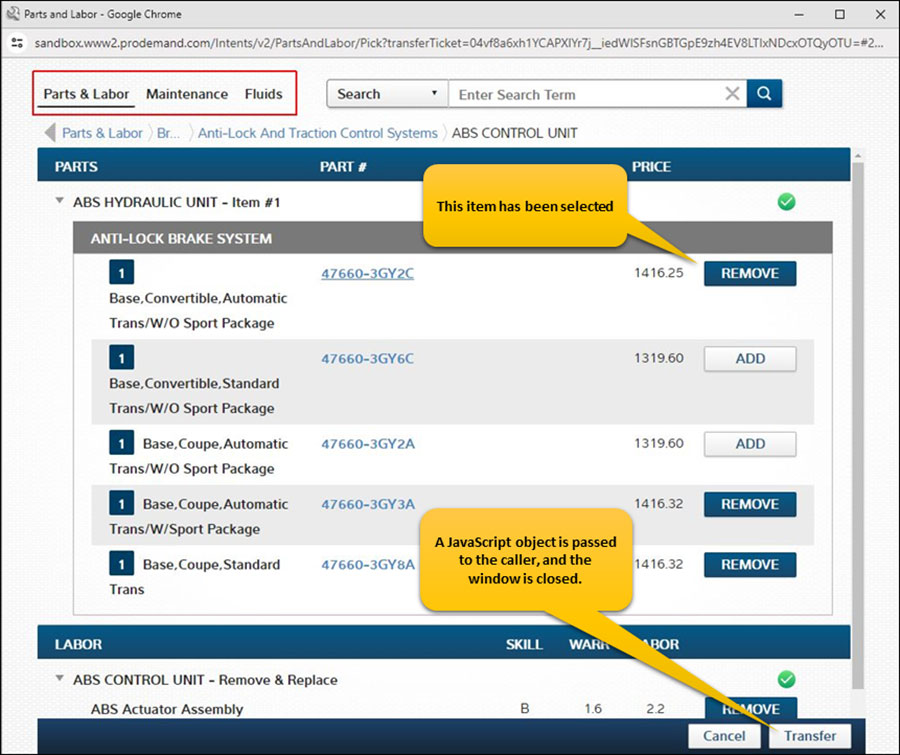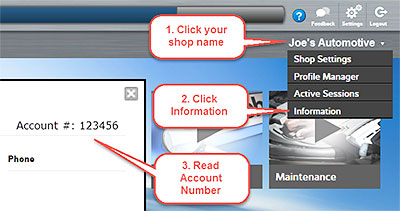
Over the holidays I took a drive from San Diego up to San Francisco. My wife and I pulled into a truck stop for some coffee and rest, and then we got right back on the road. As soon as we headed down the road, my TPMS light came on. As the outside temperature had dropped about 40 degrees from our start, I knew the light was the result of a decrease in temperature.
As I was driving, I started thinking about how much a 40-degree difference had actually affected my tires. After some research, I discovered that for every 10 degrees of temperature drop, tires will drop 1-2 pounds of pressure. Sure enough, when I checked my tires the next morning, the pressure in them had dropped from 35 to 28 PSI.
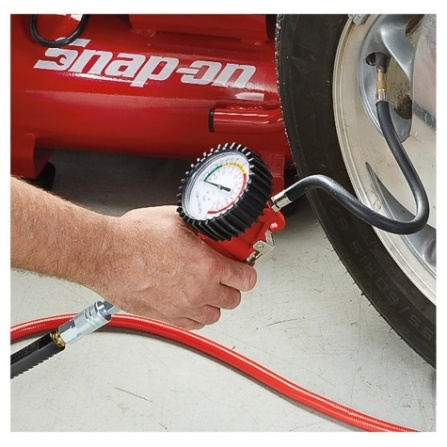
I also learned that the reverse is true. Tire pressure will increase by 1-2 PSI for each 10 degree increase in temperature. This is true for commercial vehicles as well as passenger vehicles.
Maintaining correct tire pressure increases driver safety as well as increasing the life of a tire. Problems associated with under-inflated tires may cause handling issues, a decrease in fuel economy, shorter tire life and tire overloading. Over inflation can decrease a tire’s footprint and cause a stiff, harsh and noisy ride along with increased wear in the center of the tire tread, resulting in shorter tire life.
Recommended conditions for checking tire pressure include:
- Ensure truck has been sitting for a minimum of 3 hours
- Make certain the truck has been driven less than 1 mile
- Be sure tires are cool
- Follow OEM pressure recommendations indicated on the door placard
- Use a known accurate gauge
- Inspect prior to start of a long trip
- Be cautious anytime there is a temperature change of 10 degrees or more
TruckSeries truck repair software from Mitchell 1 provides tire information, including best maintenance and servicing procedures, inflation pressure recommendations, wheel tightening specifications, lug nut tightening patterns, inspection procedures, rotation patterns, tire wear troubleshooting charts, recommended safety procedures, wheel alignment specifications and much more.
You may be able to identify a potential problem associated with more than just low tire pressure, while also helping keep your driver safe along with everyone on the road.
